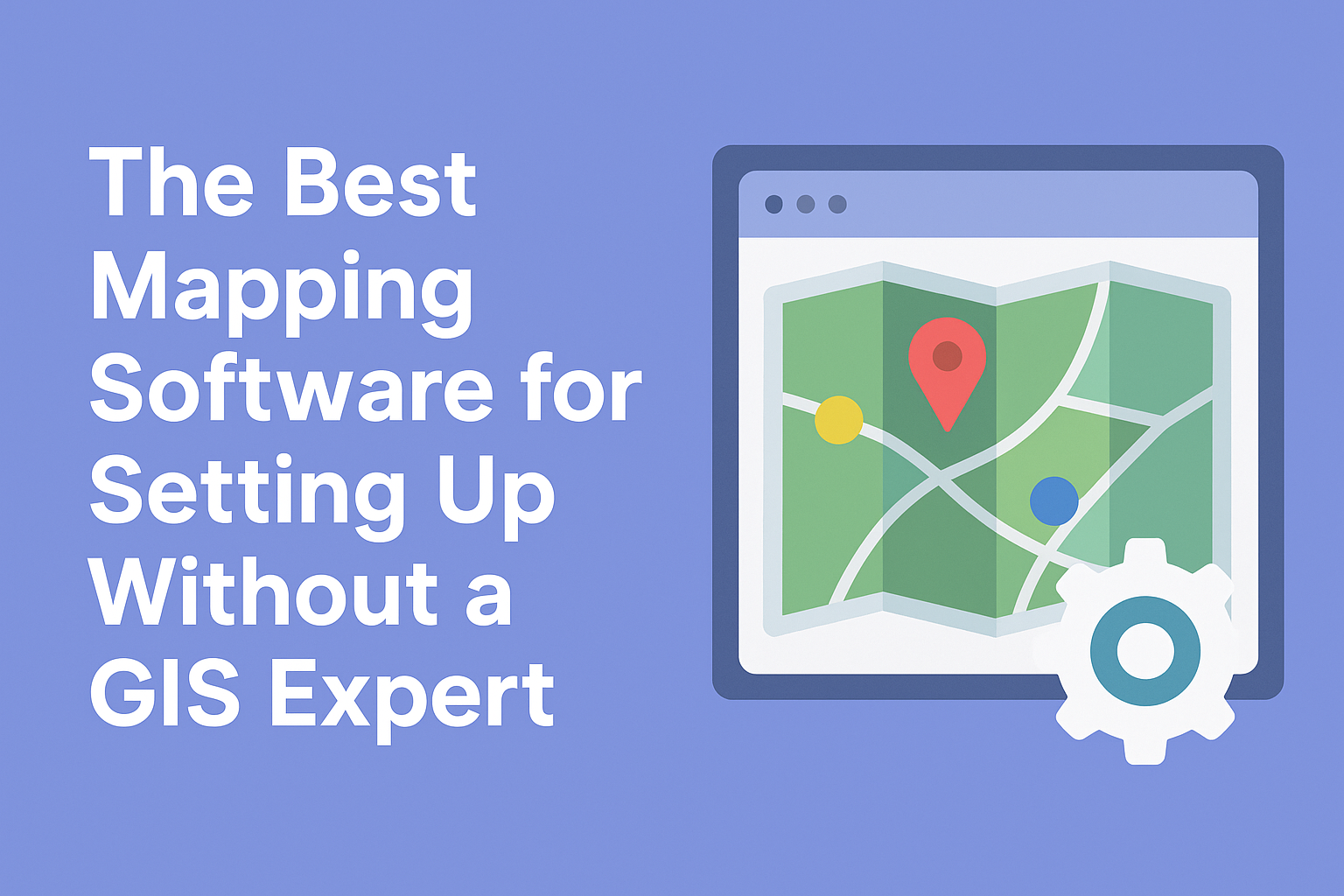5 Reasons How Video Content Marketing Can Speed up Your Brand In 2024
- 1 What is Video Content Marketing?
- 2 5 Reasons How Video Content Marketing Can Benefit Your Brand
- 2.1 1. Enhanced Brand Visibility and Reach
- 2.2 2. Improved Audience Engagement and Interaction
- 2.3 3. Enhanced Brand Storytelling and Emotional Connection
- 2.4 4. Increased Conversion Rates and Sales
- 2.5 5. Adaptability to Emerging Trends and Technologies
- 3 How do you make the most out of video advertising for your business?
- 3.1 1. Define Your Goals and Target Audience
- 3.2 2. Craft Compelling Video Content
- 3.3 3. Choose the Right Platform and Format
- 3.4 4. Optimize for Mobile Viewing
- 3.5 5. Incorporate Call-to-Actions (CTAs)
- 3.6 6. Monitor Performance and Adjust Accordingly
- 3.7 7. Leverage Targeting and Personalization
- 3.8 8. Invest in Professional Production and Editing
- 4 Conclusion
- 4.1 FAQs:
- 4.1.1 Q: What types of businesses can benefit from video content marketing?
- 4.1.2 Q: How can I measure the success of my video advertising campaigns?
- 4.1.3 Q: Do I need expensive equipment to create high-quality video content?
- 4.1.4 Q: Which platforms are best for distributing video content?
- 4.1.5 Q: How long should my video content be?
- 4.1.6 Q: What is the importance of storytelling in video content marketing?
- 4.1.7 Q: How can I ensure my video content remains relevant and engaging over time?
In short:
- Video content marketing helps businesses connect with their audience through engaging storytelling and visually captivating content.
- It boosts brand visibility, improves audience engagement, and drives conversions effectively.
- To maximize the benefits, define goals, create compelling content, choose the right platforms, optimize for mobile, incorporate CTAs, monitor performance, and personalize targeting.
What is Video Content Marketing?
Businesses are constantly seeking innovative ways to capture the attention of their target audiences. Video content marketing is one such strategy that has risen to prominence recently. With the explosive growth of online video consumption, businesses are leveraging the power of video to engage, educate, and inspire their audiences like never before. You can use video background remover to easily remove the unwanted backdrop and change other suitable backgrounds as you want.
Video content marketing involves creating and distributing valuable, relevant, and compelling content to attract and retain a clearly defined audience. This content is strategically crafted to align with the brand’s objectives and connect with consumers on a deeper level. Whether it’s entertaining product demos, informative tutorials, behind-the-scenes glimpses, or emotionally resonant storytelling, video content offers endless possibilities for brands to connect with their audience meaningfully.
5 Reasons How Video Content Marketing Can Benefit Your Brand

1. Enhanced Brand Visibility and Reach
In the digital age of 2024, where consumers are bombarded with overwhelming content daily, standing out from the crowd is more challenging than ever. Video content marketing solves this dilemma by providing a visually captivating medium to showcase your brand’s personality and values. Through engaging storytelling, eye-catching visuals, and compelling narratives, video content can help your brand cut through the noise and capture the attention of your target audience.
Moreover, with the rise of social media platforms and streaming services, video content has become increasingly shareable, allowing your brand’s message to reach a wider audience organically. Creating high-quality, share-worthy video content can amplify your brand’s visibility and extend its reach beyond traditional marketing channels. The AI tool video enhancer allows people to improve video quality to better visual results.
2. Improved Audience Engagement and Interaction
In an era where consumer attention spans are dwindling, capturing and retaining audience engagement is paramount for brands looking to make a meaningful impact. Video content marketing offers a dynamic and interactive platform to engage with your audience deeply.
With features like live streaming, interactive polls, and Q&A sessions, brands can foster real-time interactions with their audience, building community and trust. Additionally, user-generated content campaigns empower consumers to actively participate in the brand’s story, enhancing engagement and authenticity.
3. Enhanced Brand Storytelling and Emotional Connection
In 2024, consumers are not just looking for products or services; they seek meaningful connections with brands that align with their values and beliefs. Video content marketing provides a powerful platform for brands to convey their story, mission, and values in a compelling and emotionally resonant manner.
Brands can evoke powerful emotions and forge deep connections with their audience through captivating visuals, authentic storytelling, and dynamic narratives. Video content allows brands to showcase their human side and build consumer trust and loyalty, whether sharing behind-the-scenes glimpses, customer testimonials, or impactful CSR initiatives.
4. Increased Conversion Rates and Sales
The ultimate goal of any marketing effort is to drive conversions and generate sales. Video content marketing has been proven to be highly effective in influencing purchasing decisions and driving consumer action.
Studies have shown that including video on a landing page can increase conversion rates by up to 80%. Whether through product demonstrations, tutorials, or testimonials, video content provides consumers valuable information and reassurance, helping them make informed purchasing decisions.
Moreover, video content has increased website dwell time, improved click-through rates in email marketing campaigns, and boosted sales across various channels. By incorporating video content into your marketing strategy, you can effectively drive conversions and accelerate your brand’s growth in 2024.
5. Adaptability to Emerging Trends and Technologies
In the fast-paced world of digital marketing, staying ahead of emerging trends and technologies is crucial for maintaining a competitive edge. Video content marketing offers the flexibility and adaptability to leverage new emerging trends and technologies.
Whether it’s embracing the rise of short-form video on platforms like TikTok and Instagram Reels, exploring the potential of augmented reality (AR) and virtual reality (VR) experiences, or experimenting with interactive video formats, brands can continuously innovate and evolve their video content strategy to stay relevant and engaging in 2024 and beyond.
How do you make the most out of video advertising for your business?

1. Define Your Goals and Target Audience
Before diving into video advertising, defining your objectives and identifying your target audience is crucial. Whether you aim to increase brand awareness, drive website traffic, or boost sales, having clear goals will guide your video advertising strategy. Similarly, understanding your target audience’s demographics, interests, and preferences will ensure that your video content resonates with suitable viewers.
2. Craft Compelling Video Content
The success of your video advertising campaign hinges on the quality and relevance of your video content. Focus on creating engaging, informative, visually appealing videos that captivate your audience. Whether it’s a product demonstration, customer testimonial, or brand story, ensure that your video content aligns with your brand identity and messaging while providing value to viewers.
3. Choose the Right Platform and Format
Consider platforms like YouTube, Facebook, Instagram, and LinkedIn based on where your audience spends their time online. Additionally, explore various video formats, including in-stream ads, native ads, bumper ads, and sponsored content, to determine which format best suits your advertising goals and budget.
4. Optimize for Mobile Viewing
With most online video consumption happening on mobile devices, optimizing your video content for mobile viewing is crucial. Ensure that your videos are formatted for mobile screens, load quickly, and are easily accessible across different devices and platforms. Additionally, consider creating vertical or square videos optimized for mobile viewing and social media platforms.
5. Incorporate Call-to-Actions (CTAs)
A clear and compelling call-to-action (CTA) drives viewer engagement and action. Whether it’s prompting viewers to visit your website, subscribe to your channel, or purchase, incorporate CTAs strategically within your video content. Use compelling visuals, persuasive language, and clear instructions to encourage viewers to take the desired action after watching your video ad.
6. Monitor Performance and Adjust Accordingly
Tracking and analyzing the performance of your video advertising campaigns is crucial for optimizing your strategy and maximizing ROI. Monitor key metrics such as view count, engagement rate, click-through rate, and conversion rate to gauge the effectiveness of your video ads. Use A/B testing to experiment with different elements of your video ads, such as thumbnails, messaging, and targeting, and adjust your strategy based on performance insights.
7. Leverage Targeting and Personalization
Take advantage of targeting options and audience segmentation capabilities offered by video advertising platforms to reach the right audience with tailored messages. Whether it’s demographic targeting, interest targeting, or remarketing to previous website visitors, leverage targeting options to ensure that the most relevant audience segments see your video ads. Additionally, consider personalizing your video content based on viewer preferences and behaviours to increase engagement and relevance.
8. Invest in Professional Production and Editing
While it’s possible to create compelling video ads using smartphones or essential editing tools, investing in professional production and editing can elevate the quality and impact of your video content. Consider hiring a professional videographer or video production agency to create high-quality, polished video ads that reflect the professionalism and credibility of your brand. Additionally, pay attention to lighting, sound quality, and editing to ensure your video ads are visually appealing and engaging.
By following these strategies, businesses can make the most out of video advertising and leverage the power of video content to achieve their marketing goals. From defining objectives and crafting compelling content to optimizing for mobile viewing and monitoring performance, a well-executed video advertising strategy can drive engagement, increase brand awareness, and, ultimately, drive business growth.
Conclusion
In conclusion, video content marketing has emerged as a powerful tool for brands looking to accelerate their growth and make a lasting impact in the digital landscape in 2024. From enhancing brand visibility and engagement to driving conversions and adapting to emerging trends, video content offers unparalleled opportunities for brands to connect with their audience and achieve their marketing objectives in the digital era.
FAQs:
Q: What types of businesses can benefit from video content marketing?
A: Video content marketing is versatile and can benefit businesses of all sizes and industries, from startups to established corporations, across various sectors like retail, education, healthcare, and entertainment.
Q: How can I measure the success of my video advertising campaigns?
A: Key metrics to track include view count, engagement rate, click-through rate, conversion rate, and return on investment (ROI). Analyzing these metrics helps assess the effectiveness of your campaigns and optimize future strategies.
Q: Do I need expensive equipment to create high-quality video content?
A: While professional equipment can enhance production quality, many successful video campaigns are created using smartphones or basic editing tools. Focus on compelling storytelling and engaging content rather than solely relying on equipment.
Q: Which platforms are best for distributing video content?
A: The choice of platforms depends on your target audience and marketing objectives. Popular platforms include YouTube, Facebook, Instagram, LinkedIn, and TikTok. Research where your audience is most active and tailor your distribution strategy accordingly.
Q: How long should my video content be?
A: The optimal video length varies depending on the platform and content type. Generally, shorter videos perform better on social media platforms, with lengths ranging from 15 seconds to 2 minutes. For in-depth tutorials or demos, longer videos may be appropriate.
Q: What is the importance of storytelling in video content marketing?
A: Storytelling is essential as it helps brands connect with their audience on an emotional level, making the content more memorable and impactful. Authentic storytelling can evoke emotions, build trust, and differentiate brands in a crowded digital landscape.
Q: How can I ensure my video content remains relevant and engaging over time?
A: Stay updated on emerging trends and consumer preferences in the digital space. Continuously innovate your content strategy by experimenting with new formats, incorporating user-generated content, and adapting to changes in consumer behavior and technology.

















